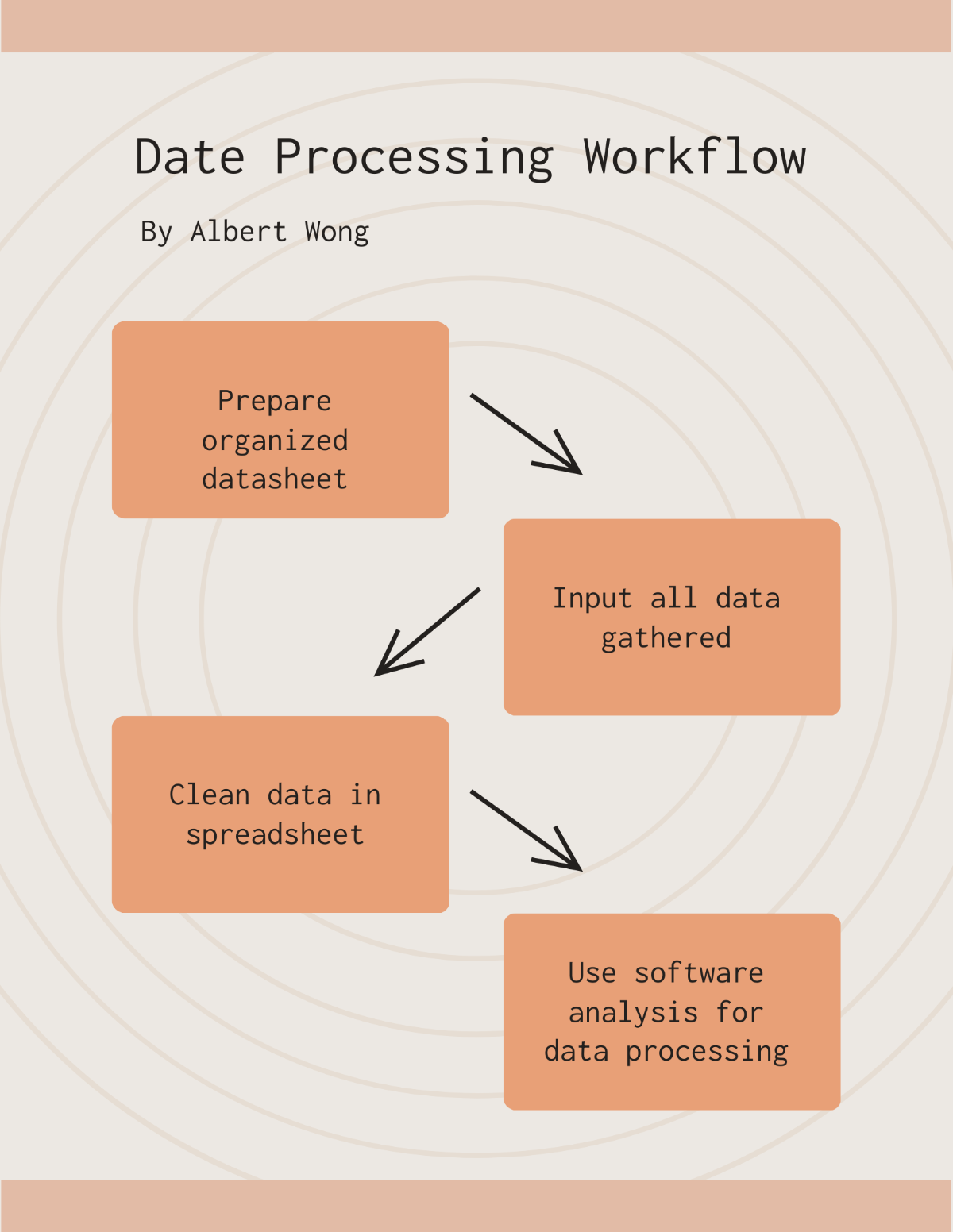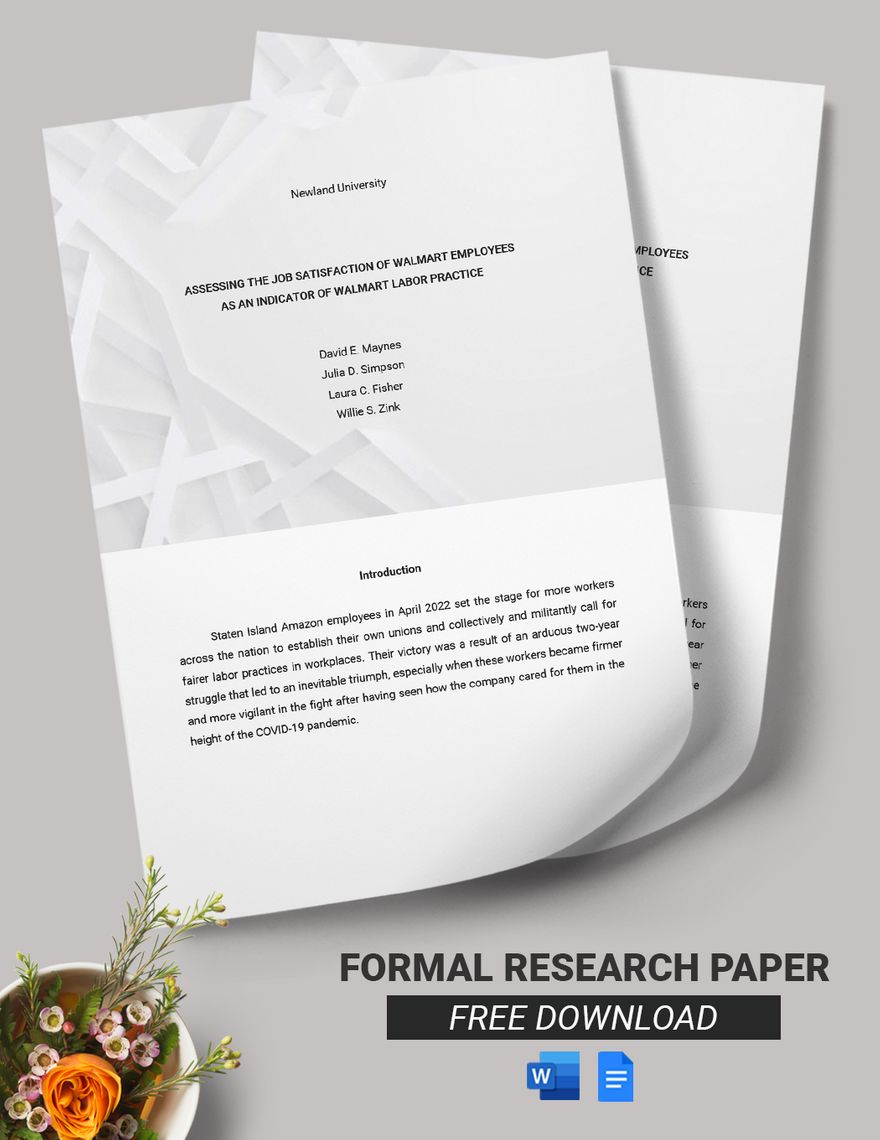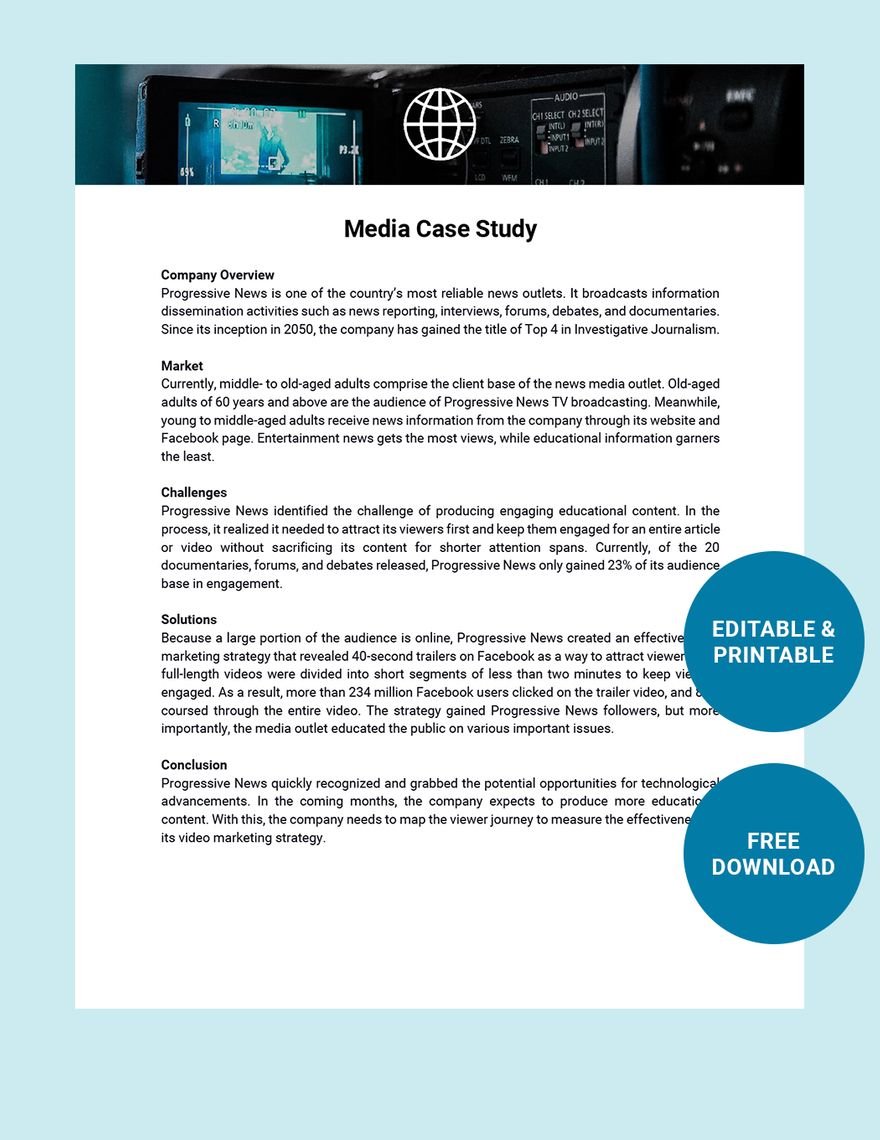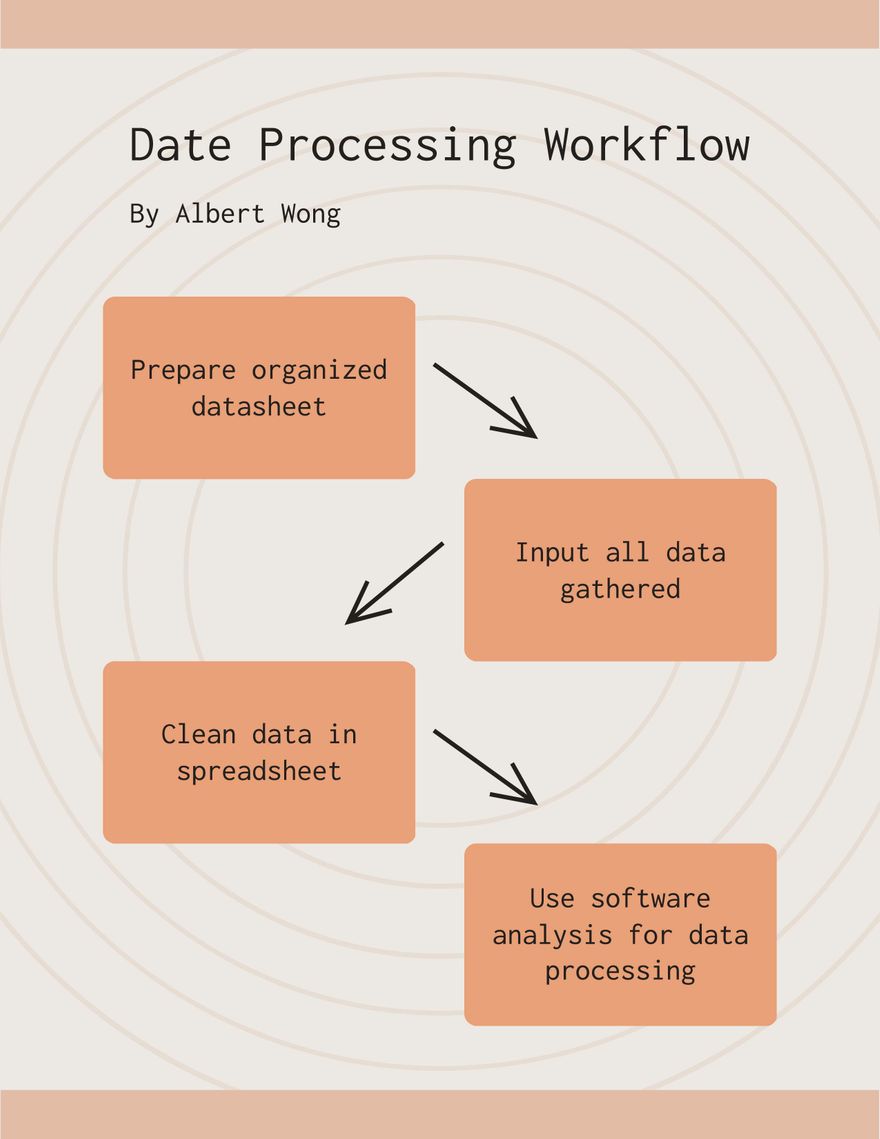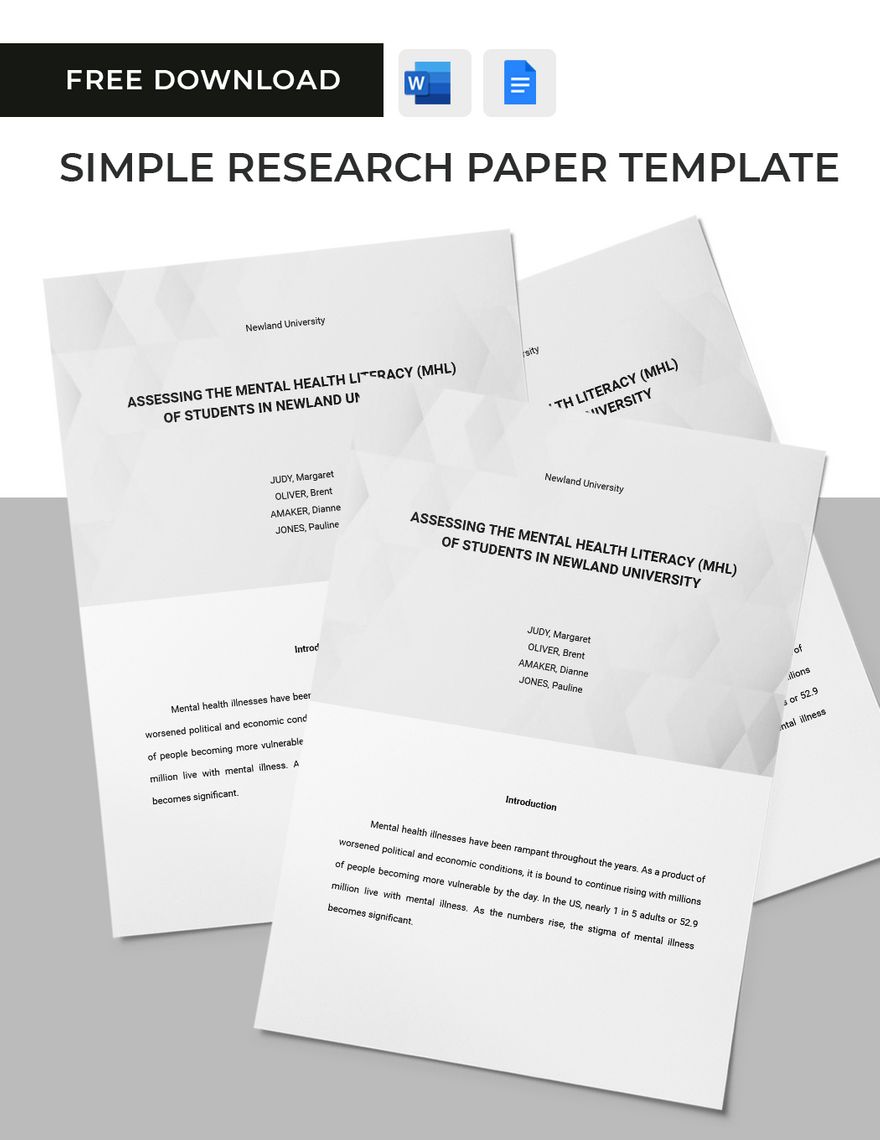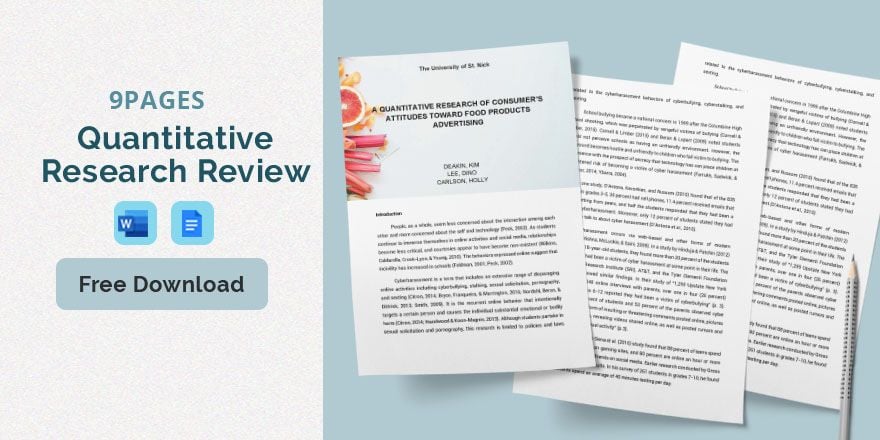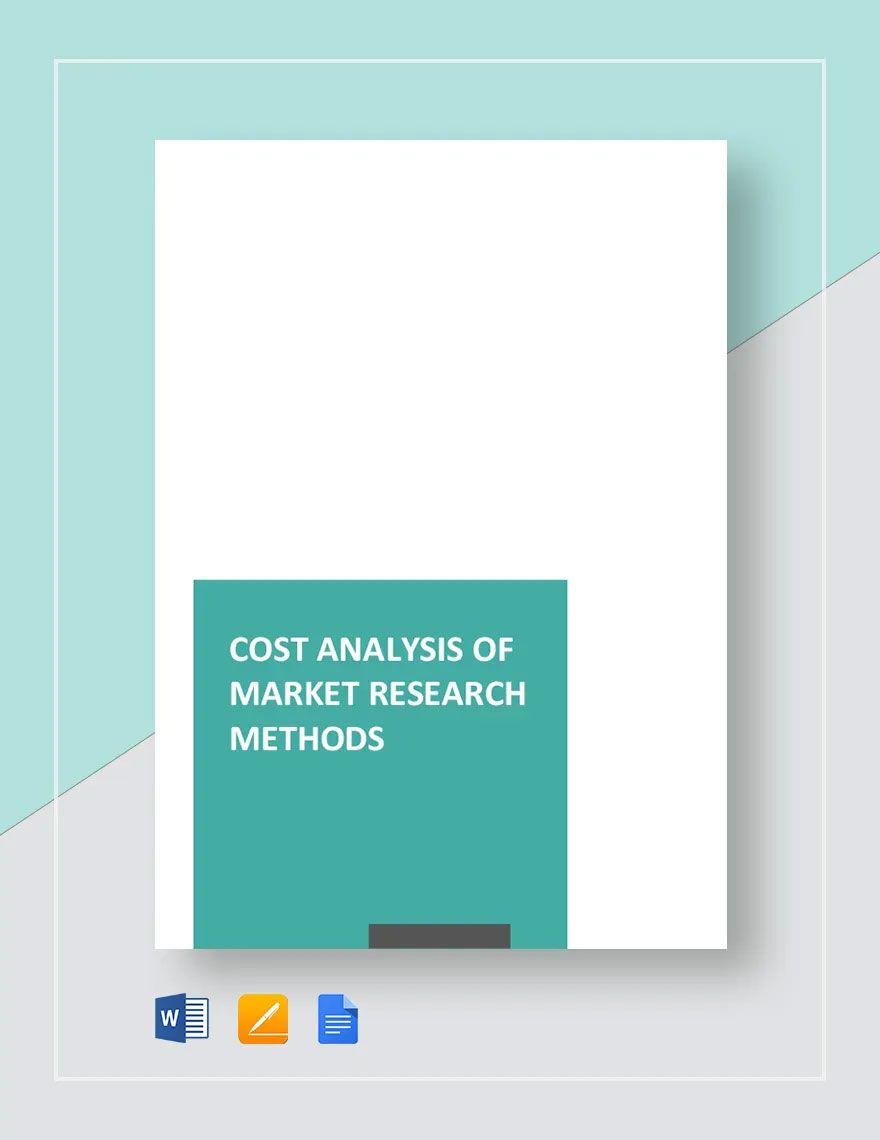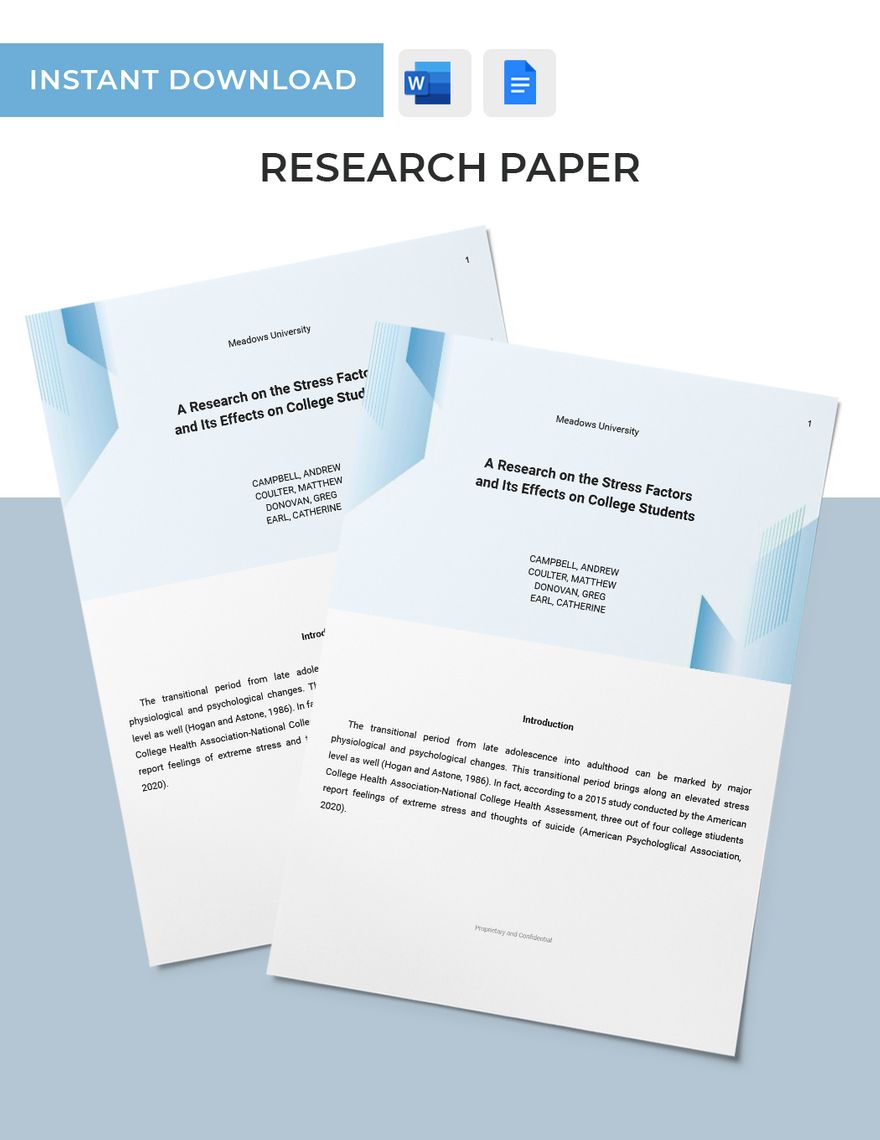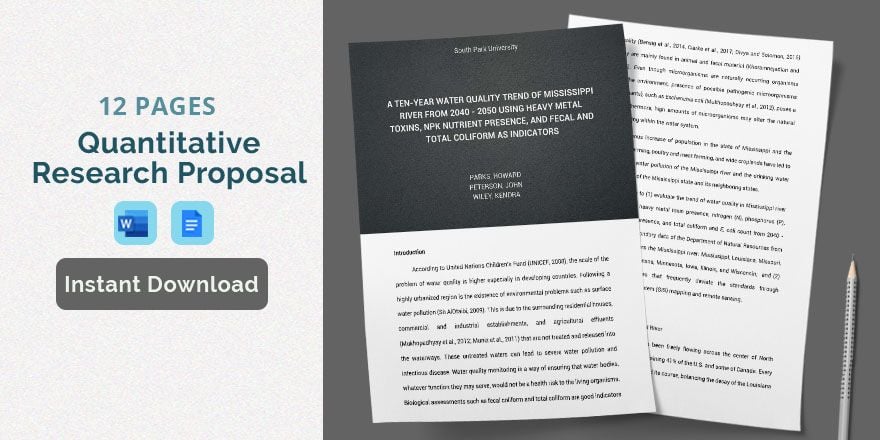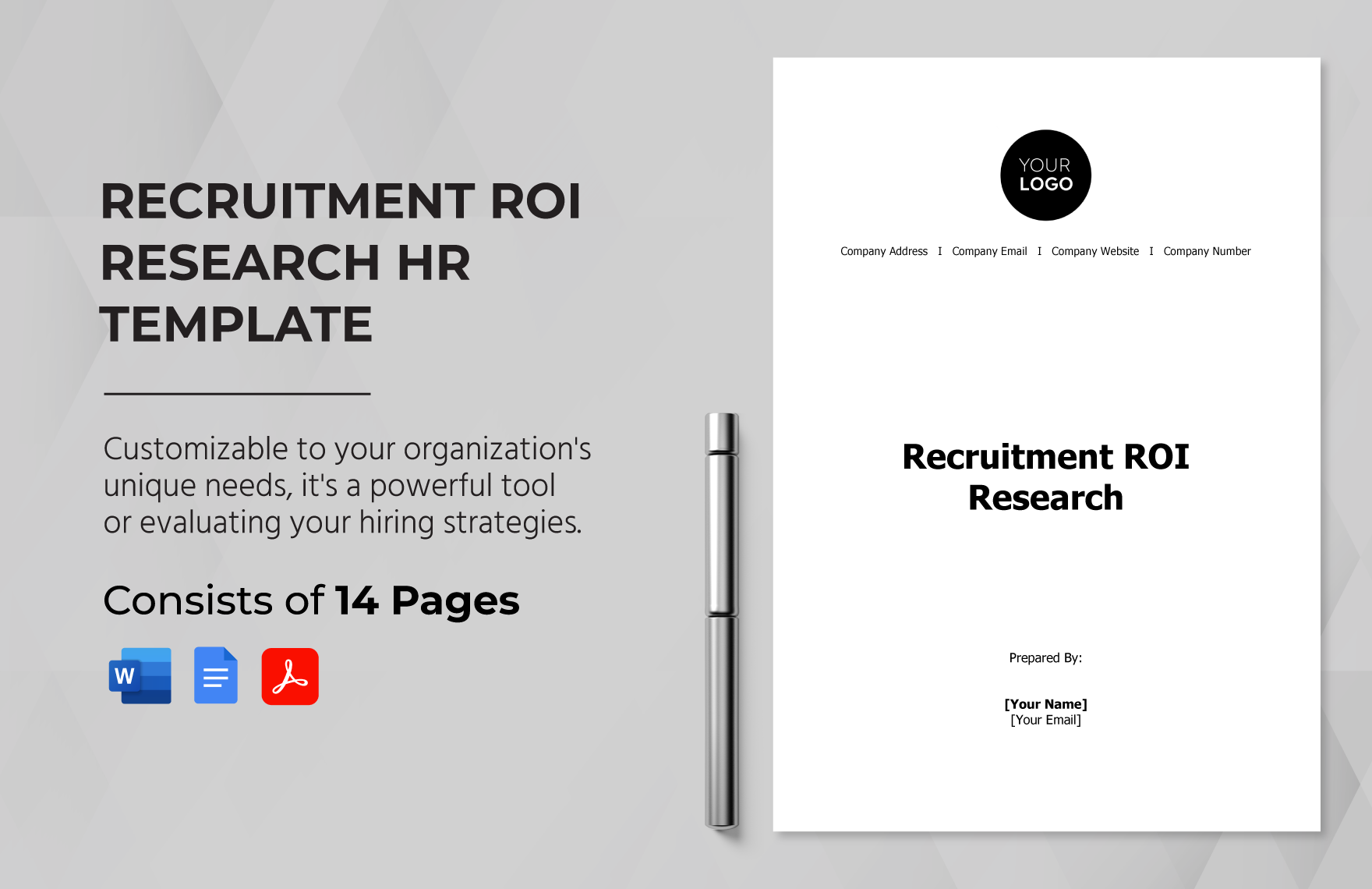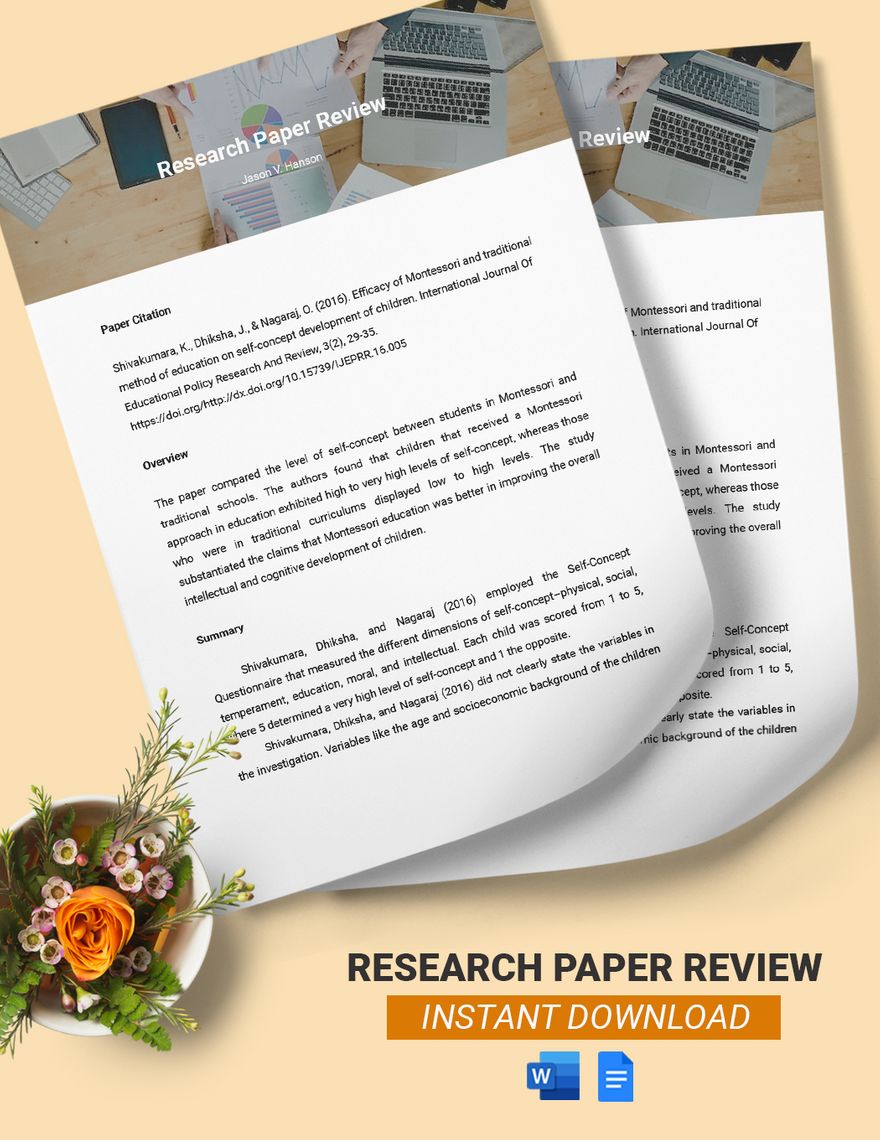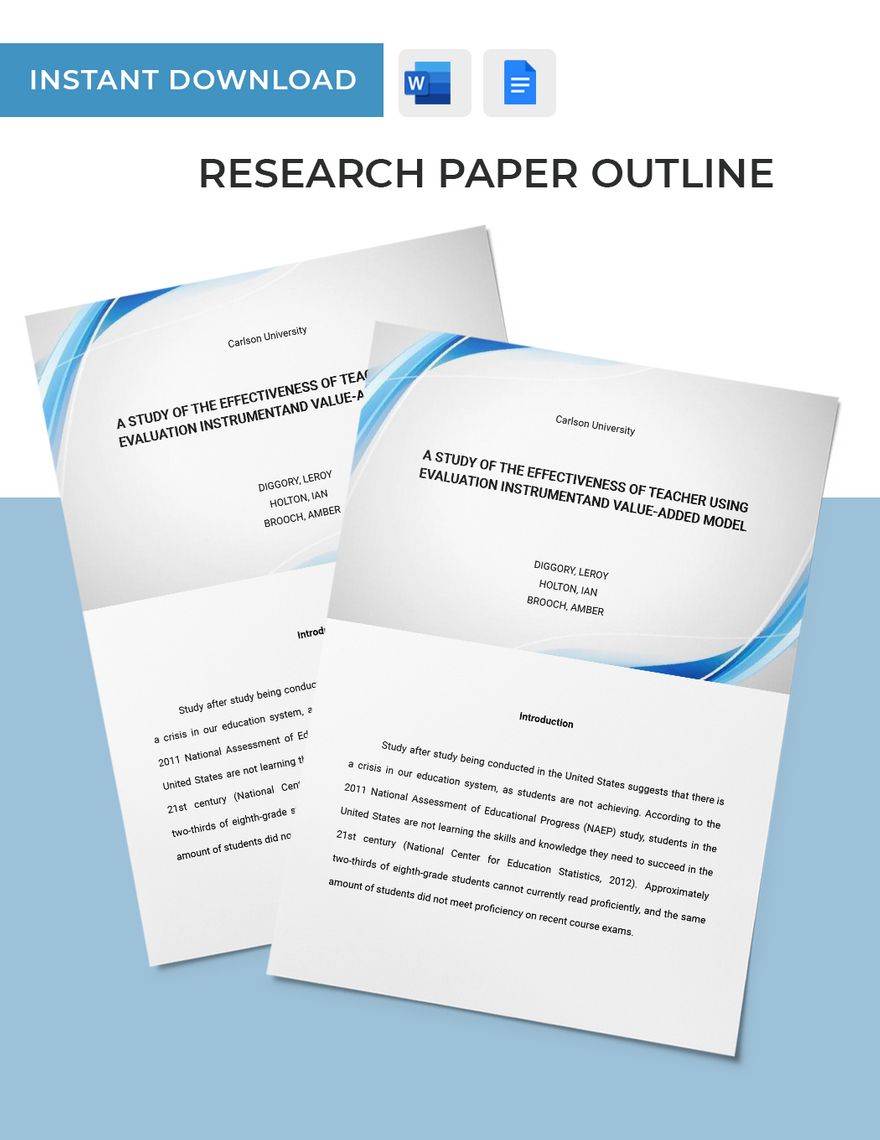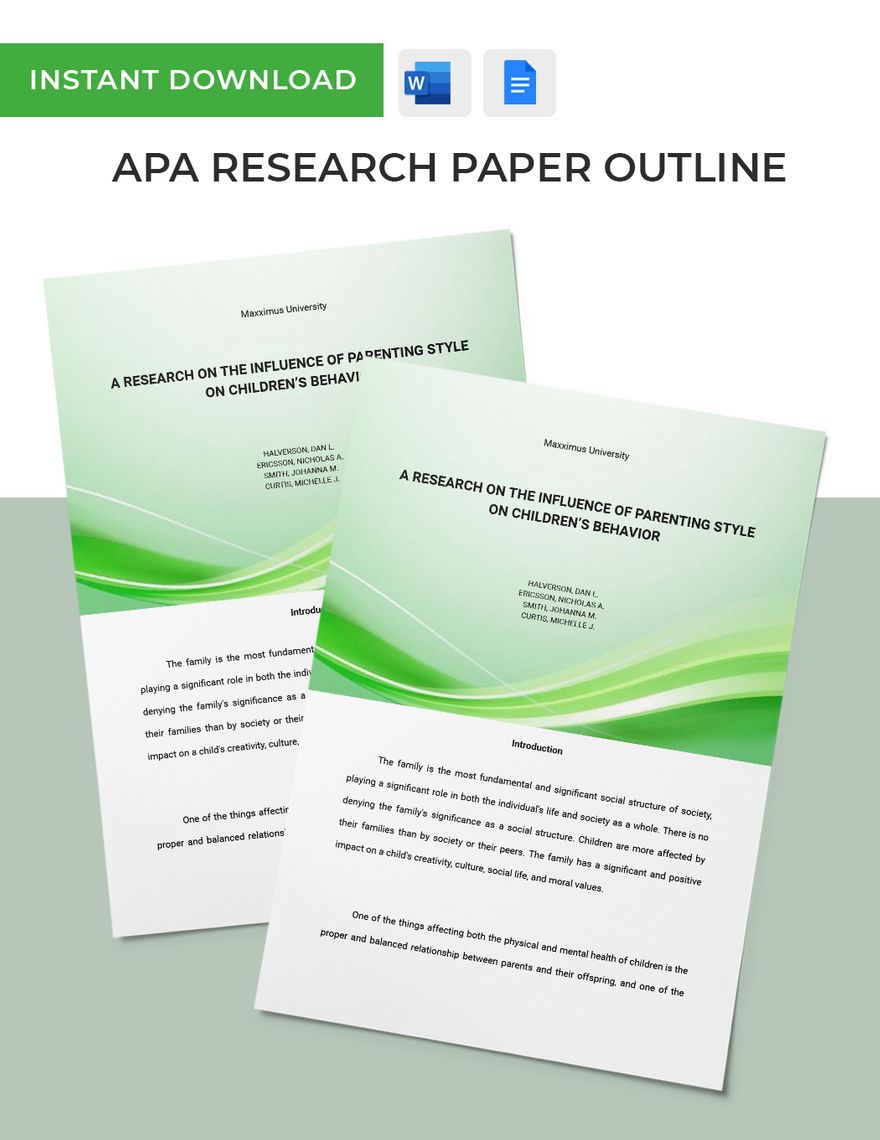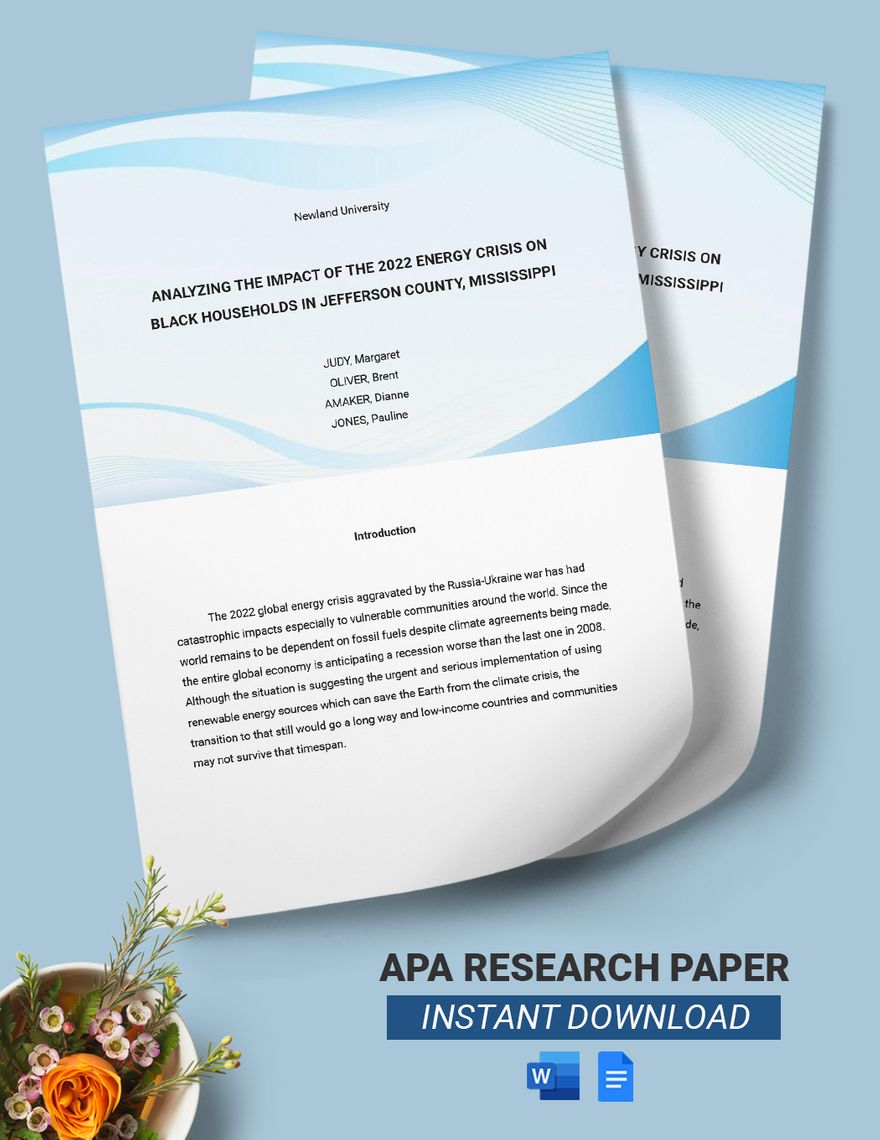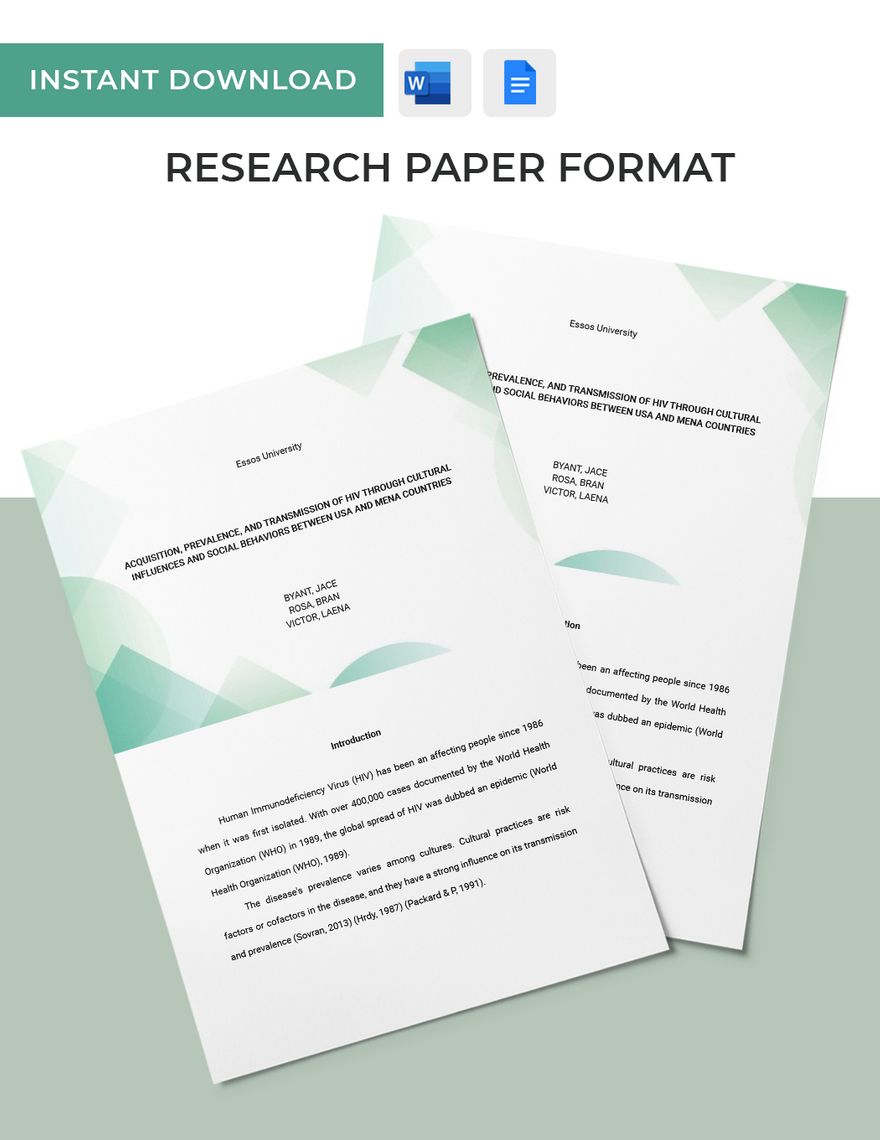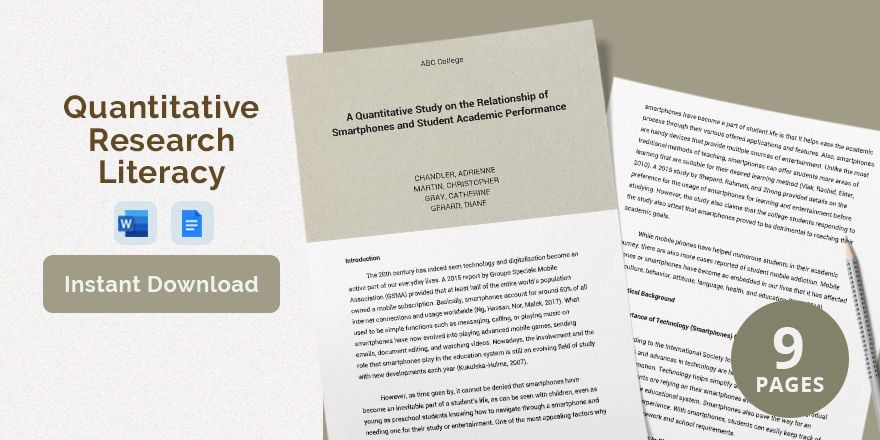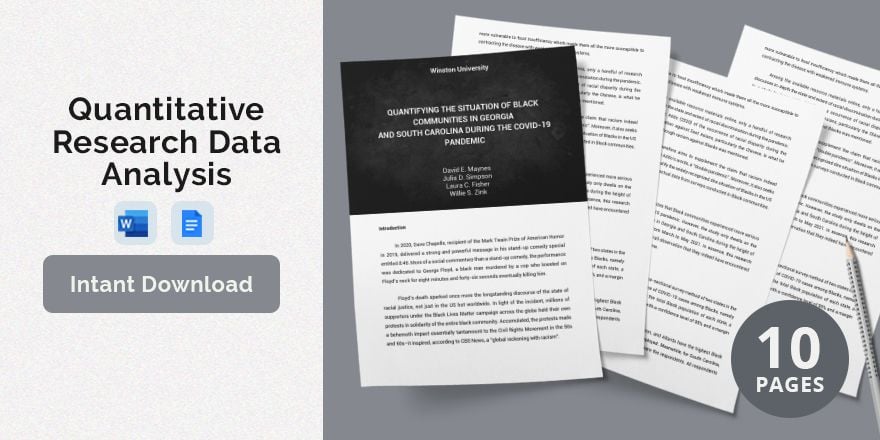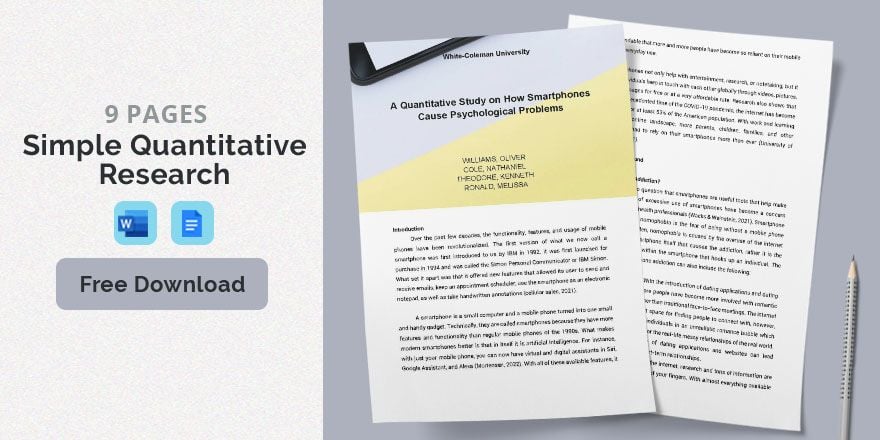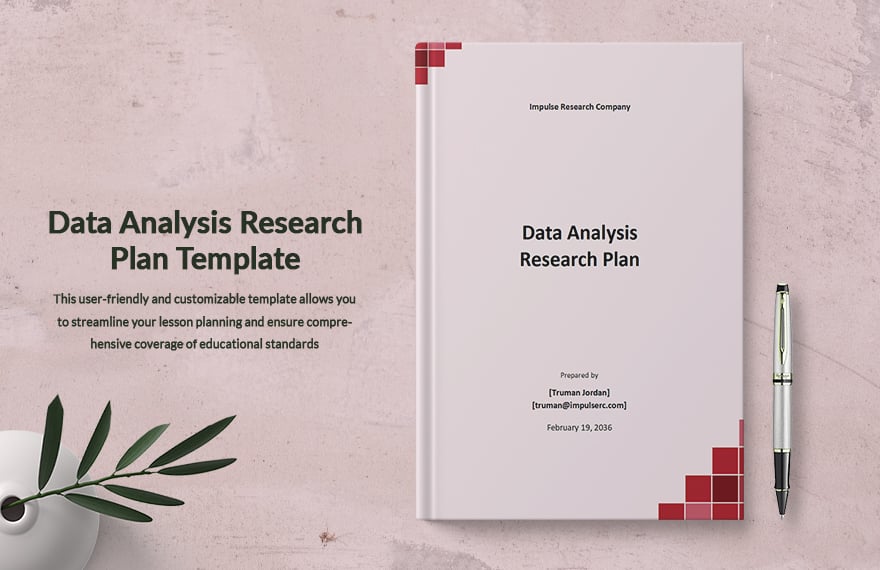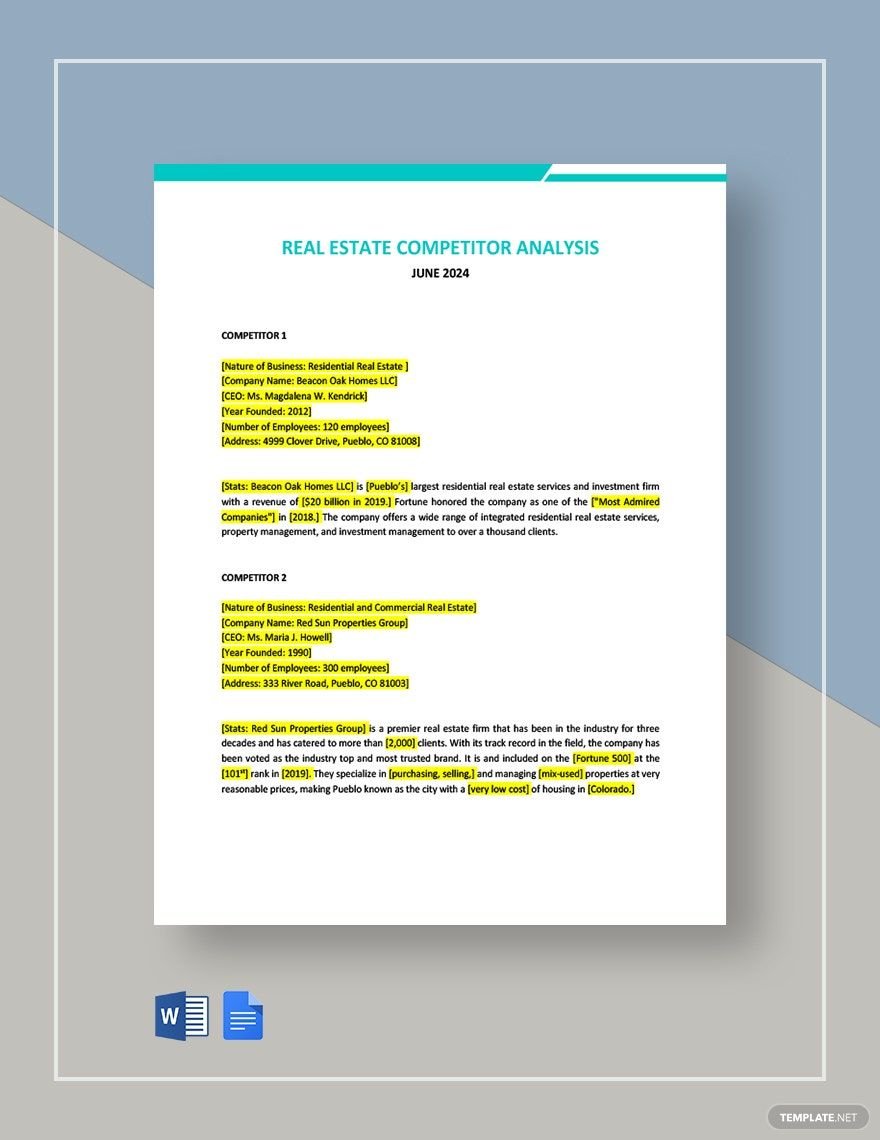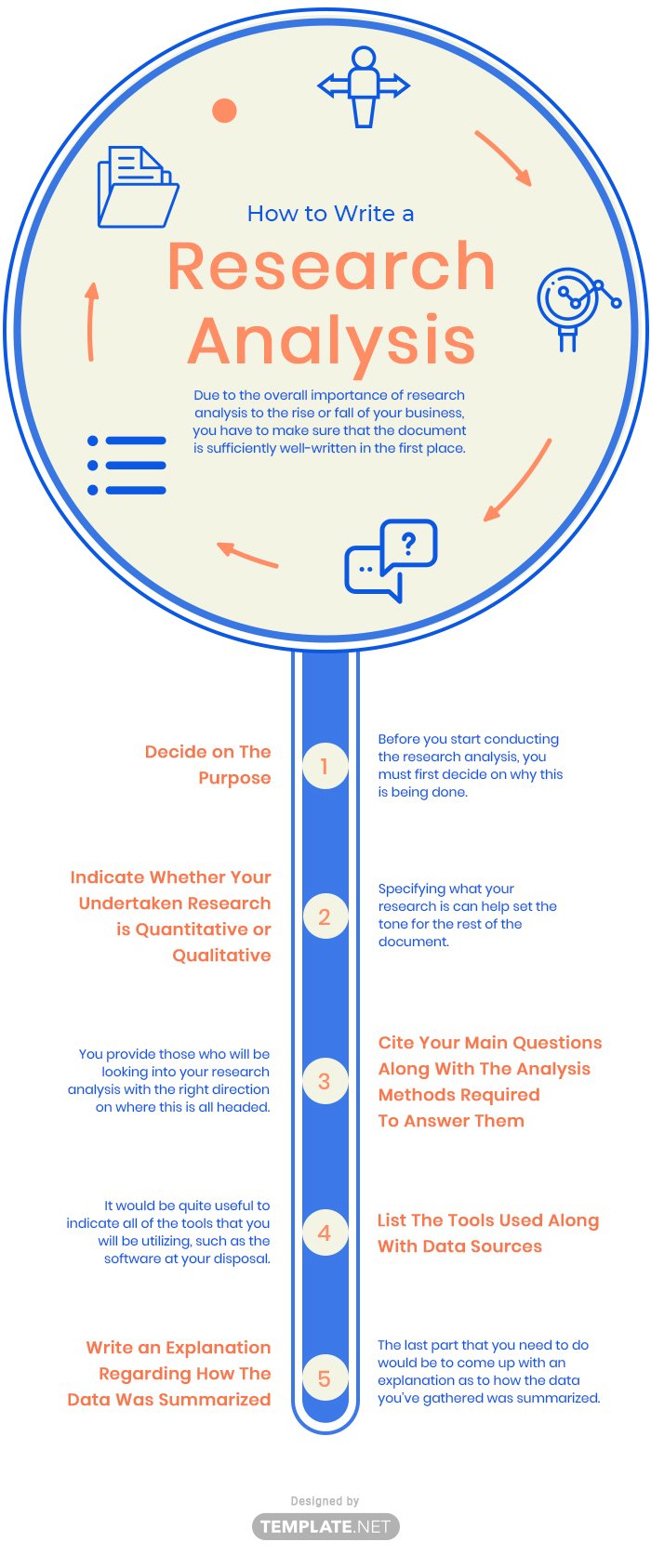A simple definition of research analysis would be the investigation of research work performed by any individual, institute, or organization. Much data collecting can be expected, along with observation and a thorough study of the collected documents in order to achieve a steady conclusion. Preliminary knowledge of the project at hand is important to the overall success of the analysis. In business, marketing analysis is a commonly undertaken activity, as are data analysis, customer service analysis, and communication analysis, among various others. Multiple methods and reports are utilized, with the differences depending on what the subject is all about.
Due to the overall importance of research analysis to the rise or fall of your business, you have to make sure that the document is sufficiently well-written in the first place. If you find yourself at a loss on how to do this or if it is far more intimidating than you initially thought, then we’ve got you covered. Take a good look at the following steps and see for yourself just how simple and swift the entire creation process can be. Without further ado, let us start things off with:
1. Decide on The Purpose of Your Research Analysis
Before you start conducting the research analysis, you must first decide on why this is being done. That way, you do not have to spend even more time trying to decide.
2. Indicate Whether Your Undertaken Research is Quantitative or Qualitative
Qualitative is often utilized for exploration and is made to come up with an understanding of reasons, opinions, or motivations. On the other hand, quantitative focus on providing numerical worksheets, which is then made for statistics. Specifying what your research is can help set the tone for the rest of the document.
3. Cite Your Main Questions Along With The Analysis Methods
In writing your main questions down, you provide those who will be looking into your research analysis with the right direction on where this is all headed. The analysis methods must also be written down so that they can see and possibly replicate it for themselves, thereby verifying your work even further.
4. List The Tools Used Along With Data Sources
For your next step, it would be quite useful to indicate all of the tools that you will be utilizing, such as the software at your disposal. Do not neglect to report on your data sources, so that if there are any inconsistencies or mistakes, you can easily retread your work and see where things went wrong.
5. Write an Explanation Regarding How The Data Was Summarized
The last part that you need to do would be to come up with an explanation as to how the data you’ve gathered was summarized. There is no need to be too in-depth with this; you can opt to be as direct to the point as you possibly can be, as long as you hit all the right notes.

